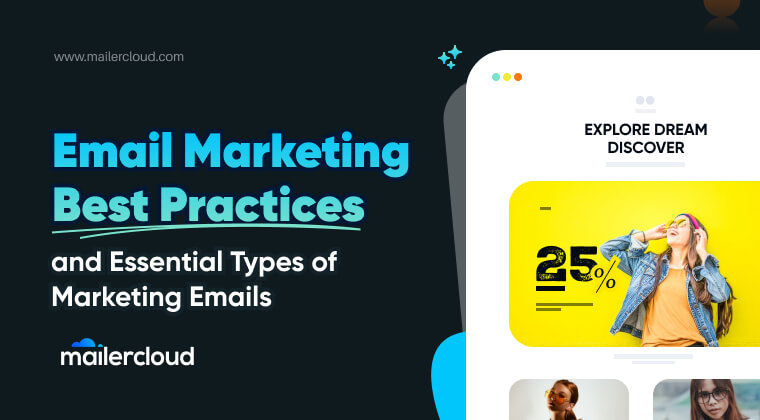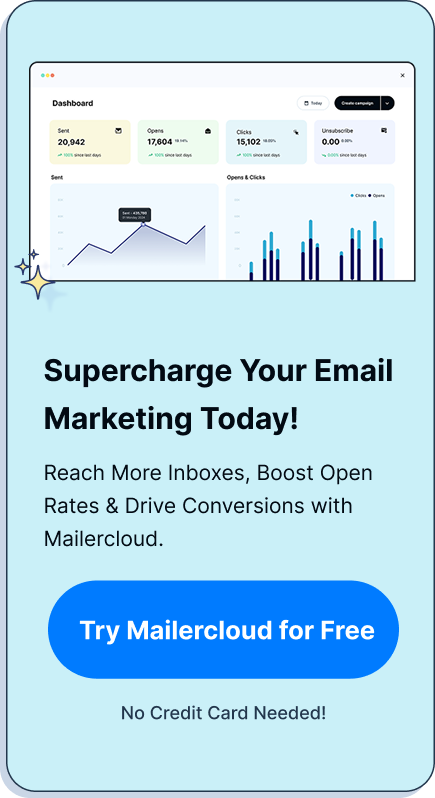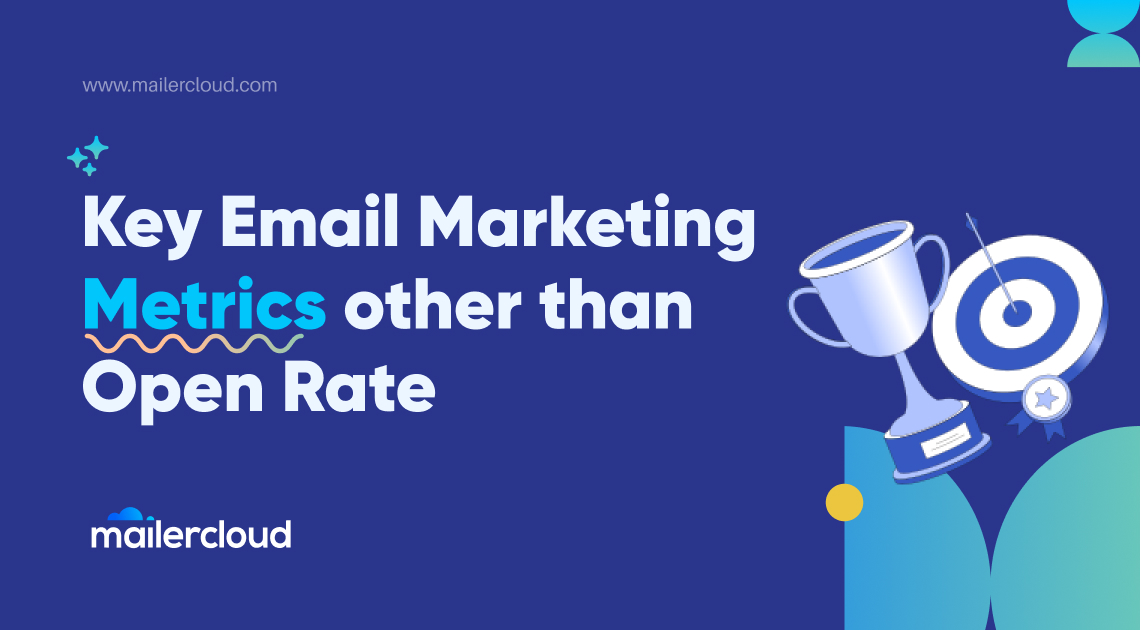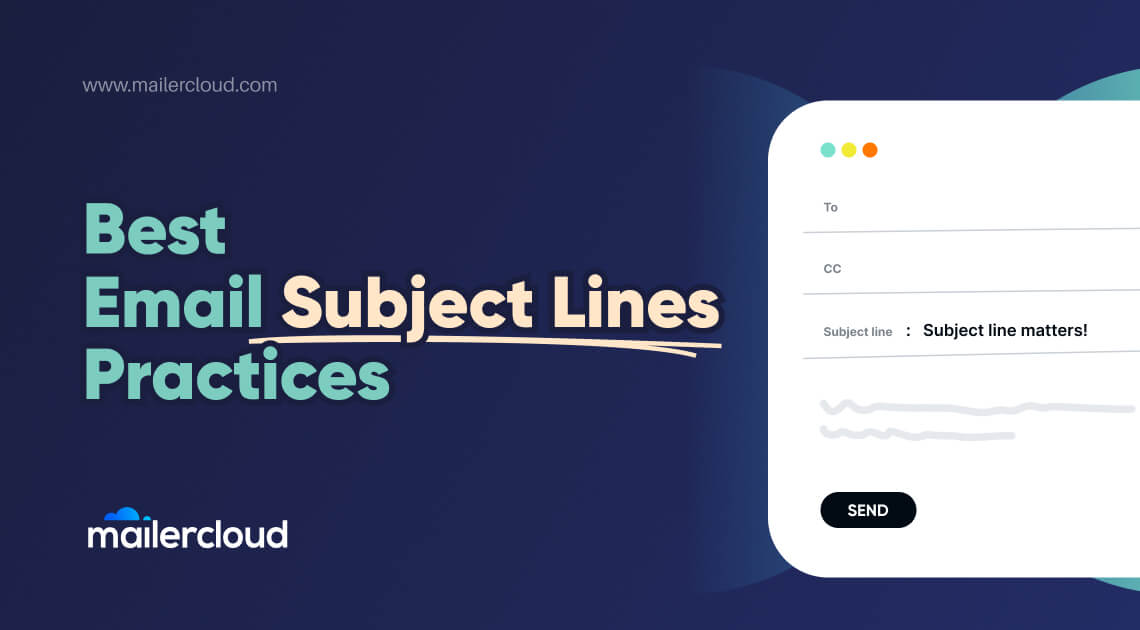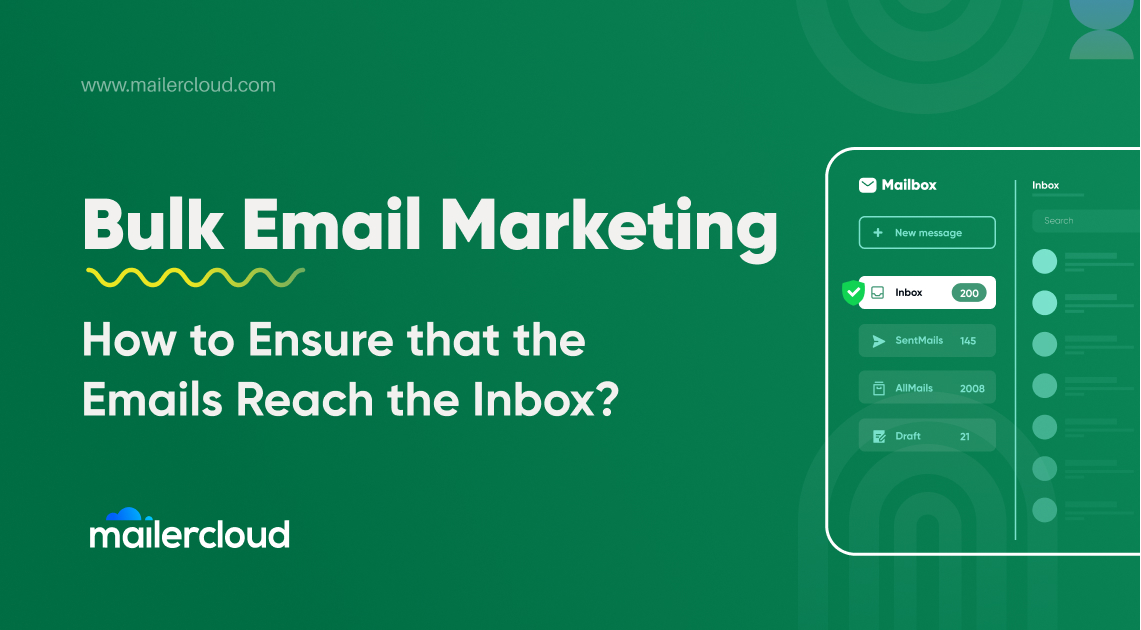Unlock the full potential of your digital marketing strategy with this comprehensive guide on email marketing best practices and the diverse types of marketing emails crucial for success. Discover why mastering the art of email is key to engaging your audience, driving conversions, and securing a standout position in the competitive landscape of 2023.
Table of Contents
Why is Email Marketing Still Popular?
Email marketing maintains its reign as a pivotal marketing channel due to its exceptional ROI, direct access to users, and unparalleled personalization capabilities.
Email marketing is still popular for several reasons. First, it provides a direct and personal channel of communication with customers, allowing businesses to reach a large audience in a cost-effective manner. Second, email marketing allows for targeted and segmented campaigns, ensuring that the right message is delivered to the right audience at the right time.
Third, email marketing is highly measurable, providing businesses with valuable data and insights to improve their marketing strategies. Lastly, despite the rise of social media and other digital marketing channels, email remains a widely used and trusted platform for communication, making it an effective tool for businesses to engage with their audience.
Email Marketing Best Practices
Here are some email marketing best practices that you must follow when you send an email:
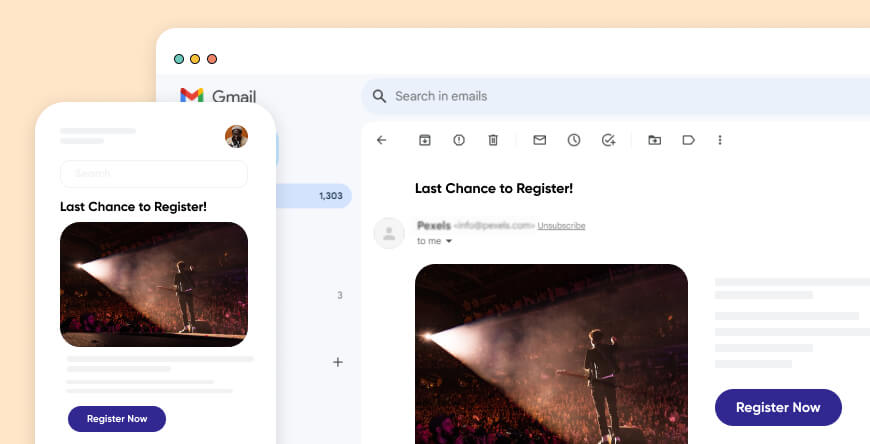
- Build a targeted email list: Focus on building a list of email subscribers who are genuinely interested in your content or products. Avoid buying email lists.
- Use a compelling subject line: The subject line of an email is the first thing recipients see, so make it engaging and relevant to increase open rates.
- Personalize your emails: Address subscribers by their name and tailor the content to their interests or preferences whenever possible.
- Email verification: The Gmail blue tick is a feature that indicates a verified sender, increasing the credibility and trustworthiness of email marketing messages.
- Use a responsive design: Ensure your emails are mobile-friendly and adapt to different screen sizes for optimal viewing on any device.
- Include a clear call-to-action in your email: Guide readers towards the desired action, whether it’s making a purchase, signing up for an event, or visiting your website.
- Test and optimize: Experiment with different elements like subject lines, layouts, and send times to determine what performs best for your audience.
- Monitor and analyze results: Track key metrics like email open rates, click-through rates, and conversions to measure the success of your email campaigns.
- Automation: Automated email marketing allows for personalized and targeted communication with customers, increasing efficiency and effectiveness of campaigns.
- Regularly clean your email list: Remove inactive or disengaged subscribers to maintain a healthy list and improve deliverability. It is also important to provide an option to unsubscribe from your email.
Types of Marketing Emails: Which Ones Should You Be Sending?
Exploring different types of email marketing like newsletters, promotional emails, transactional emails, confirmation email and more can help you address various stages of the customer journey and achieve specific marketing goals.
Here are some marketing email example you should be sending, each serving a distinct purpose in engaging with your audience:
1. Email Newsletters
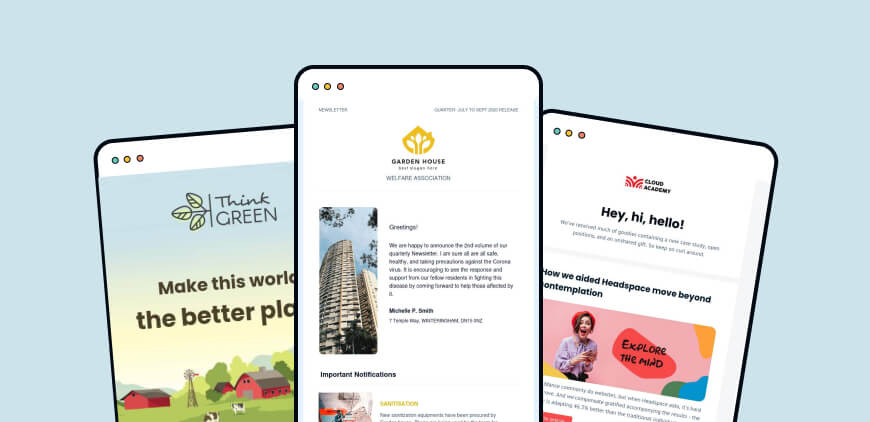
- Purpose: To engage and nurture your audience by providing valuable content regularly.
- Content: Company news, industry updates, helpful tips, and curated content.
- Frequency: Typically sent on a regular schedule (weekly, bi-weekly, monthly).
2. Promotional Emails
- Purpose: To drive sales and conversions through special offers and product highlights.
- Content: Discounts, limited-time offers, product launches, and sales promotions.
- Frequency: Timed around specific campaigns or events.
3. Welcome Emails
- Purpose: To greet new subscribers and make a positive first impression.
- Content: An introduction to the brand, value proposition, and what subscribers can expect.
- Frequency: Triggered immediately after subscription.
4. Transactional Emails
- Purpose: To provide important information related to a customer’s transaction or account activity.
- Content: Order confirmations, shipping updates, invoices, password resets.
- Frequency: Triggered by customer actions.
5. Re-engagement Emails
- Purpose: To rekindle the interest of inactive subscribers.
- Content: Personalized messages, special offers to return, feedback requests.
- Frequency: Scheduled after a period of inactivity.
6. Abandoned Cart Emails
- Purpose: To recover potentially lost sales from customers who have left items in their shopping cart.
- Content: Reminder of left items, possible incentives to complete the purchase.
- Frequency: Triggered after a set period of cart abandonment.
7. Milestone Emails
- Purpose: To foster customer loyalty by recognizing and celebrating milestones.
- Content: Birthdays, anniversaries, loyalty program achievements.
- Frequency: Triggered by date or achievement of milestone.
8. Seasonal Campaigns
- Purpose: To capitalize on holiday seasons or events.
- Content: Themed promotions, holiday-specific products, well-wishes.
- Frequency: Timed to coincide with specific seasons or events.
9. Educational Emails
- Purpose: To inform and provide value to your audience about your industry or products.
- Content: How-to guides, tutorials, webinars, e-books.
- Frequency: Can be part of a regular newsletter or standalone series.
10. Survey and Feedback Requests
- Purpose: To gather valuable customer insights and demonstrate that their opinions matter.
- Content: Customer satisfaction surveys, product review requests.
- Frequency: Following a purchase or interaction with customer service.
11. Lead Nurturing Emails
- Purpose: To move leads through the sales funnel towards making a purchase.
- Content: Targeted content based on lead’s interests and behavior, case studies, testimonials.
- Frequency: Part of a strategic drip campaign sequence.
12. Event Invitations
- Purpose: To promote webinars, workshops, conferences, or other events.
- Content: Event details, benefits of attending, call-to-action for RSVP or ticket purchase.
- Frequency: Multiple emails leading up to the event for promotion and post-event for follow-up.
Crafting the Perfect Subject Line
The subject line is the gatekeeper of your email marketing efforts. A compelling subject line can dramatically increase open rates of your email copy, while a lackluster one can doom your email to the trash bin without a second glance.
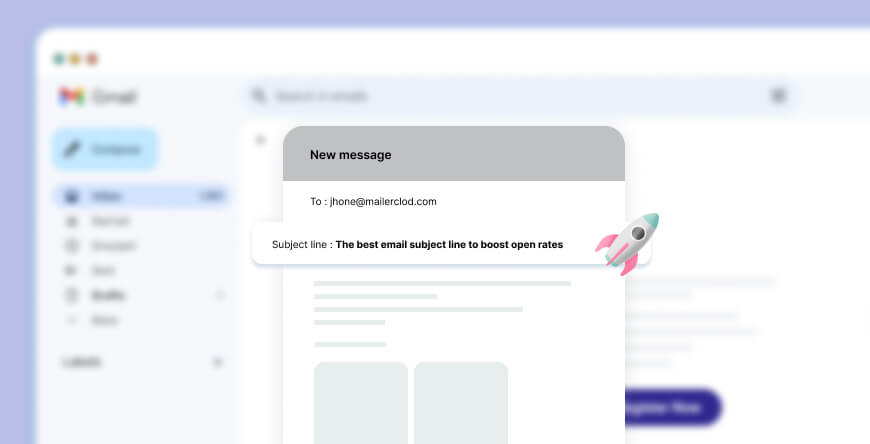
Here are a few reasons why a well-crafted email subject line is important:
- Grabbing Attention: A strong subject line grabs the reader’s attention and entices them to open the email. It should be concise, intriguing, and relevant to the content of the email.
- Increasing Open Rates: A compelling subject line increases the likelihood that recipients will open your email. It should create curiosity or offer a benefit that encourages recipients to click the email and explore further.
- Setting Expectations: The subject line sets expectations for the content of the email. It should accurately reflect the message inside, ensuring that recipients are not misled or disappointed when they open the email.
- Building Trust: Consistently delivering valuable content with well-crafted subject lines helps build trust with your audience. They will associate your emails with relevant and interesting information, increasing the chances of future engagement.
- Encouraging Action: A persuasive subject line can prompt recipients to take action, such as making a purchase, signing up for an event, or responding to a survey. It should create a sense of urgency or highlight the benefits of taking the desired action.
Building And Segmenting Your Email List
An email list can be an invaluable asset for any business. The key lies in cultivating a list rich in quality rather than just quantity, ensuring that your messages are reaching an engaged and interested audience.
Building an email list is a crucial marketing strategy for businesses. It involves collecting email addresses from individuals who have shown interest in your products or services. By creating a strong email list, you can communicate directly with your audience, build relationships, and promote your offerings more effectively. Remember to always obtain permission from subscribers who receive emails and provide valuable and relevant content to maintain engagement and avoid being marked as spam.
Segmentation allows you to tailor your messaging to different sections of your audience, ensuring that each subscriber receives relevant and personalized content, which can lead to better engagement rates and customer loyalty.
Segmenting your email lists is important because it allows you to target specific groups of subscribers with personalized and relevant content. By dividing your list into segments based on factors like demographics, interests, purchase history, or engagement levels, you can deliver more tailored messages that resonate with each segment. This increases the chances of engagement, conversions, and customer satisfaction. Additionally, segmentation helps you optimize your email marketing campaigns by providing insights into which segments perform better, allowing you to refine your strategies and achieve better results.
Choosing the Right Email Marketing Platform: What to Look For?
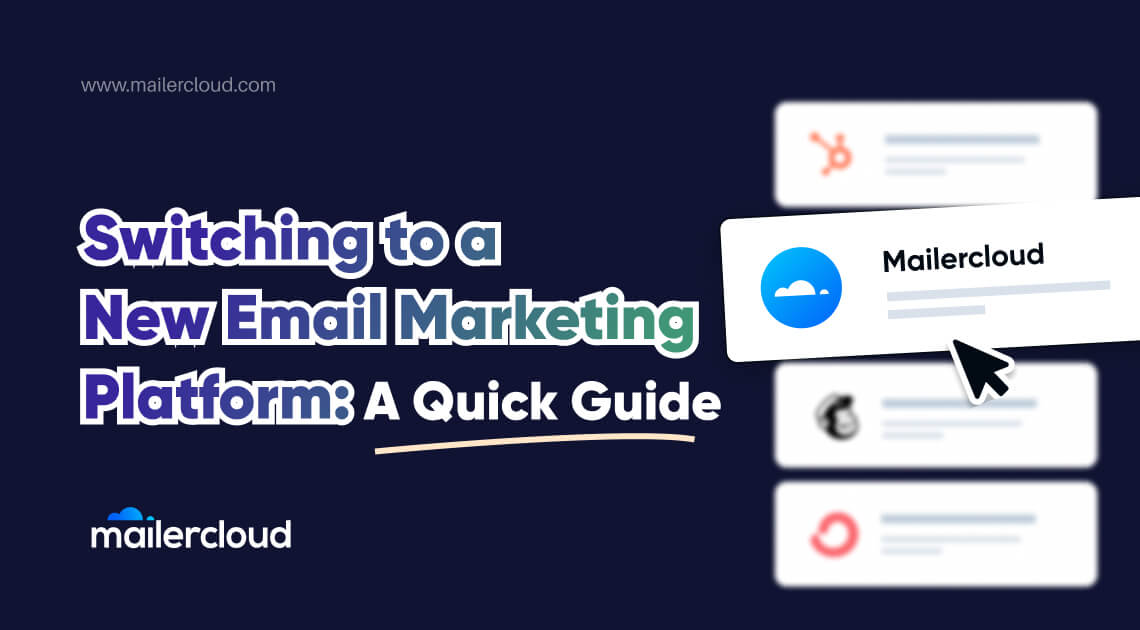
Selecting an email marketing platform that aligns with your business needs is crucial. Look for platforms like Mailercloud that provides features like automation, analytics, and integrations that can streamline your campaigns and provide valuable insights.
When selecting an email deliverability service, there are several factors to consider. Here are some key points to look for:
- Features and Functionality: Assess the platform’s features and functionalities to ensure they align with your email marketing needs. Look for features such as contact management, segmentation, email automation, A/B testing, and analytics.
- Ease of Use: Consider the platform’s user interface and ease of use. Look for an intuitive interface that allows you to easily create and send email campaigns without technical expertise.
- Email Templates and Customization: Check if the platform offers a variety of email templates that can be customized to match your brand’s look and feel. The ability to customize templates and create personalized emails is essential for effective email marketing.
- Deliverability and Email Testing: Look for a platform that ensures high email deliverability rates. It should have built-in tools to test and optimize email deliverability, such as spam score checking and email inbox previews.
- Integration and Compatibility: Consider the platform’s compatibility with other software and tools you use, such as CRM systems or e-commerce platforms. Integration capabilities can streamline your email marketing efforts.
- Automation and Personalization: Evaluate the platform’s automation capabilities, including triggers, workflows, and email drip campaigns. Personalization features, such as merge tags or dynamic content, can help tailor your emails to individual recipients.
- Analytics and Reporting: Look for robust analytics and reporting features that provide insights into your email campaigns’ performance. Key metrics to consider include open rates, email click-through rates, conversion rates, and subscriber growth.
- Customer Support: Assess the level of customer support provided by the email platform. Look for options such as live chat, phone support, or knowledge bases to ensure you can get assistance when needed.
The Welcome Email: How to Make a Lasting First Impression?
The welcome email sets the tone for your future communications with a new subscriber. It’s your opportunity to introduce your brand, lay the groundwork for trust, and incentivize further engagement.
The welcome email is an important tool for making a lasting first impression on new subscribers or customers. It sets the tone for the relationship and can impact their perception of your brand. To make a lasting first impression when you send a welcome email, it is important to personalize the message, provide valuable information or resources, and create a positive and engaging experience. By doing so, you can establish a strong connection with your audience and increase the likelihood of building long-term relationships.
Summary Points
- The importance of crafting attention-grabbing email subject lines in every email you send.
- Building a high-quality email list over mere quantity.
- Choosing an email marketing platform with essential features.
- Making a great first impression with an impactful welcome email.
- Designing email campaigns with key elements for effectiveness.
- Segmenting email lists for personalized communication.
- Tracking and analyzing vital email marketing metrics.
- Creating an email strategy that aligns with your brand identity.
- Utilizing various types of marketing emails for comprehensive engagement.
Lina is a content writer with a passion for reading, writing, and cooking. She aims to explore the world of words and flavors. With a deep love for literature and a knack for creating mouthwatering recipes, she strive to engage and inspire others through her work.





























